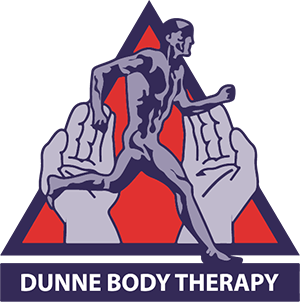Acupuncture

Neville has dedicated many hours to the study of Traditional Japanese Acupuncture through the Australian Physiotherapy Association. Acupuncture has been recognised for many years as a complementing practice in myofascial therapy. Over the last decade its acceptance and use by myofascial therapists has increased considerably. This may be due to better understanding of the way acupuncture influences the body. It has a balancing and regulating effect on overall body systems as well as a local therapeutic effect.
Acupuncture is beneficial for both chronic and acute conditions. Classical Japanese Acupuncture uses needles that are very fine and sit close to the skin’s surface so people typically don’t feel any pain during a treatment. You may feel subtle sensations at the location of the needle or along your meridians.
Diagnostic assessment relies heavily on palpation of the abdomen, back and various pulses along the meridian system. In fact, Japanese style acupuncture is often called 'meridian acupuncture' for this reason. Constitutional or ‘Root’ treatment
The main goal in the Japanese style is to diagnose and treat any core imbalance within the patient, taking into consideration, but regardless of the main complaint. This is called the “root treatment” and when done correctly the body is better positioned to heal itself with longer lasting changes. The “branch treatments” are the second section of the treatment that focuses on the relief of particular symptoms.
